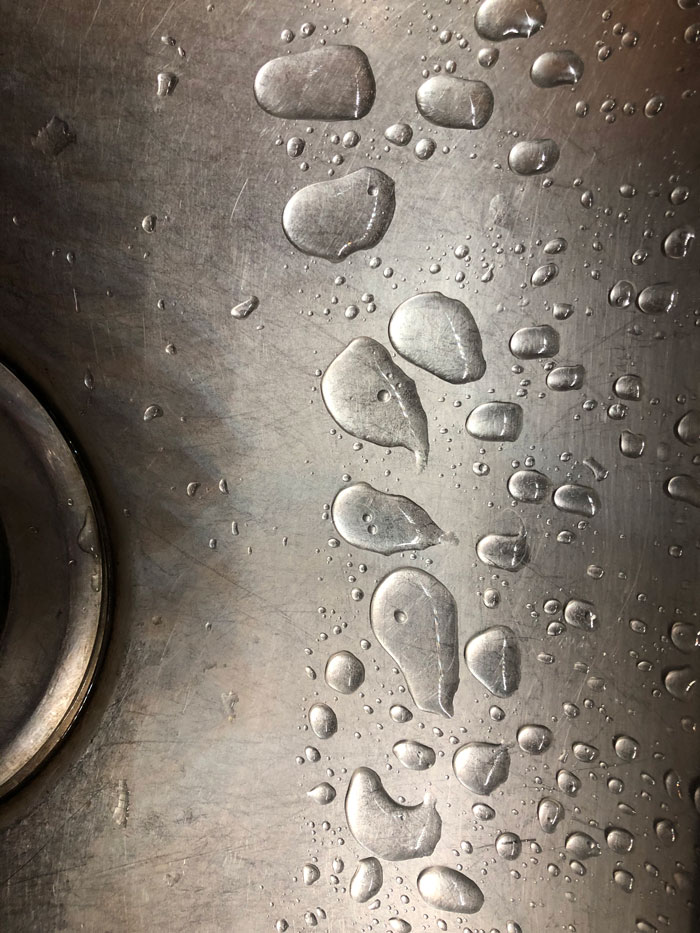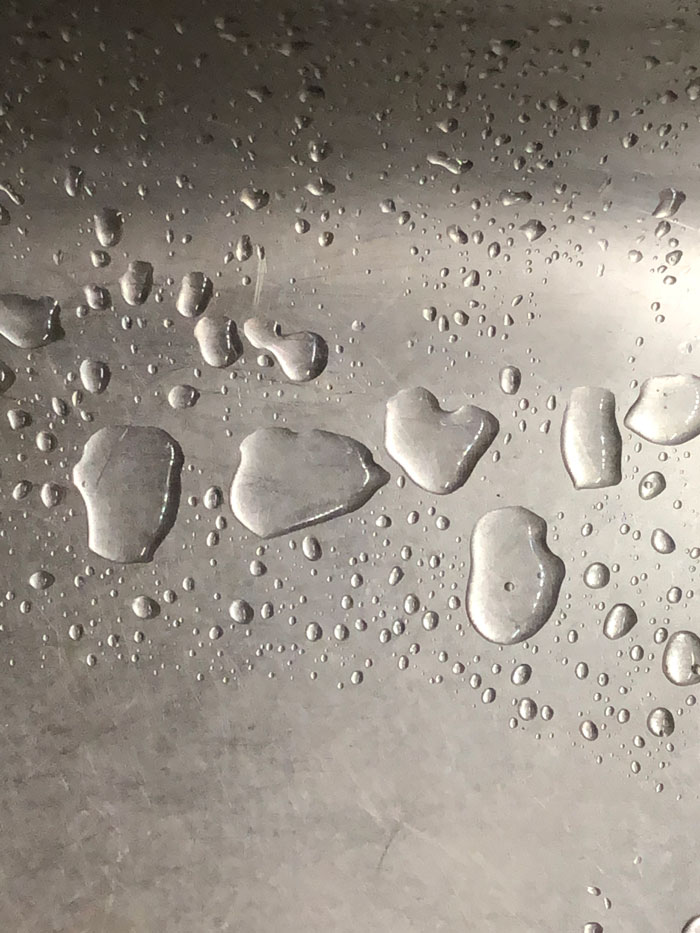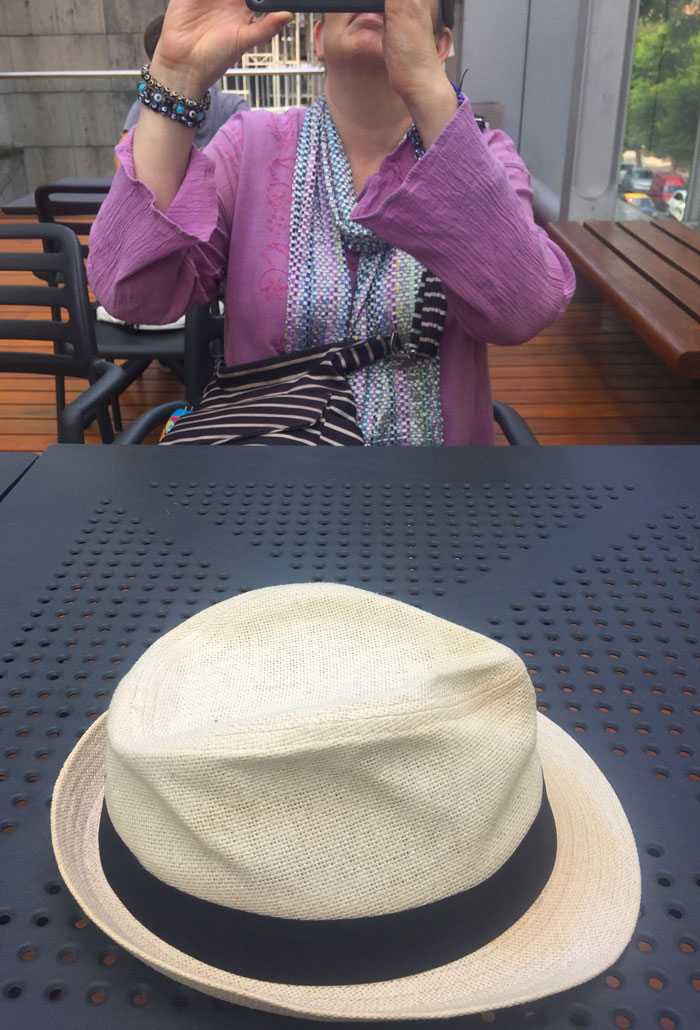
My hat, Buenos Aires
My second straw hat, which as I write is nearing the end of it's useful life. It's been with me to India, the Netherlands, Argentina, Las Vegas—all over the place. My hair was disappearing and a history of skin cancer in my family (ninety-eight percent pallid Western European) mandated the wearing of a hat. I hated it. I defined myself with the fulsome curls piled atop my head from college on, as long as the contemporary job situation allowed. I thought guys with hats were like Mike Love, early adopters determined to hide baldness and still have a rock-star look. Pathetic. And now I'm one of those guys. Please god, at least let it look like a Don Draper hat.
I wrote a song about my previous hat, lost while I tried to get a picture at Niagara Falls.
lyrics




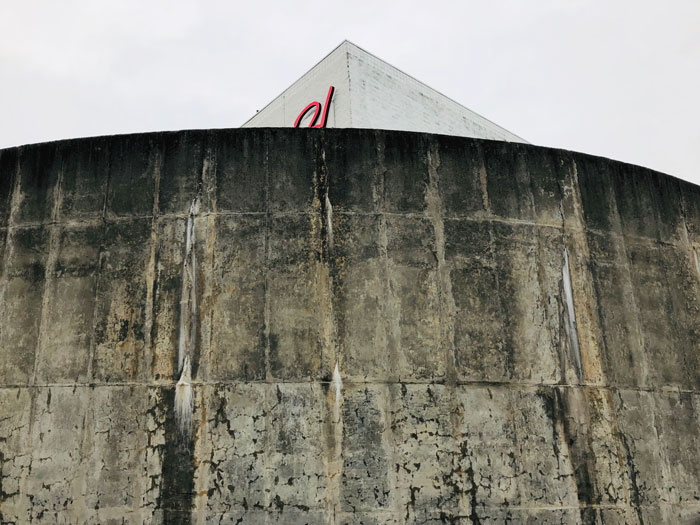
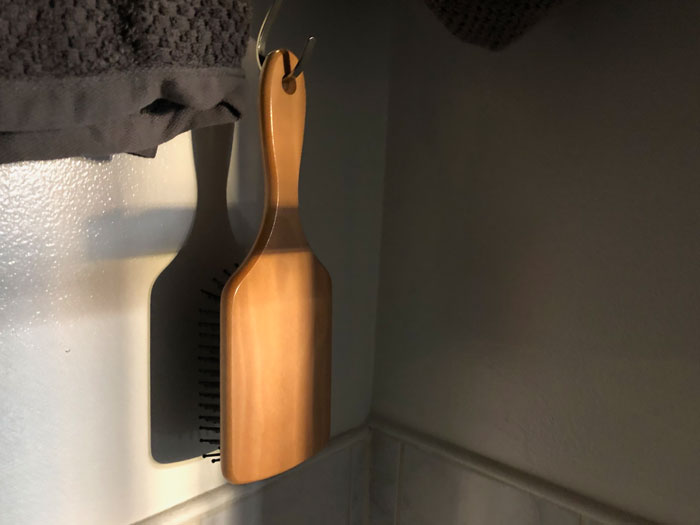
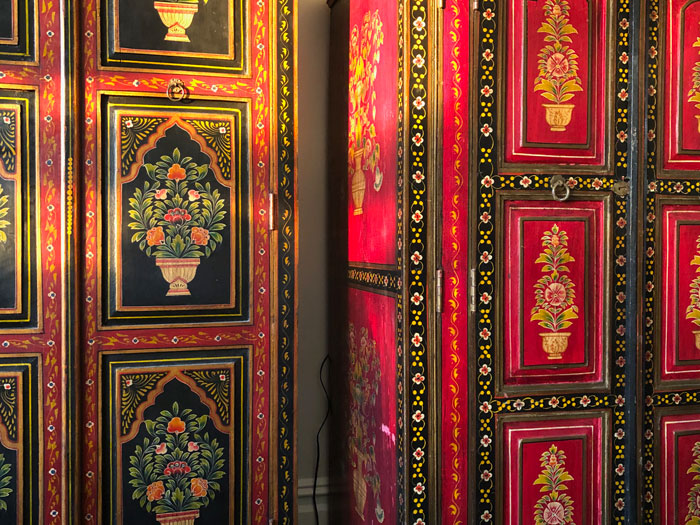

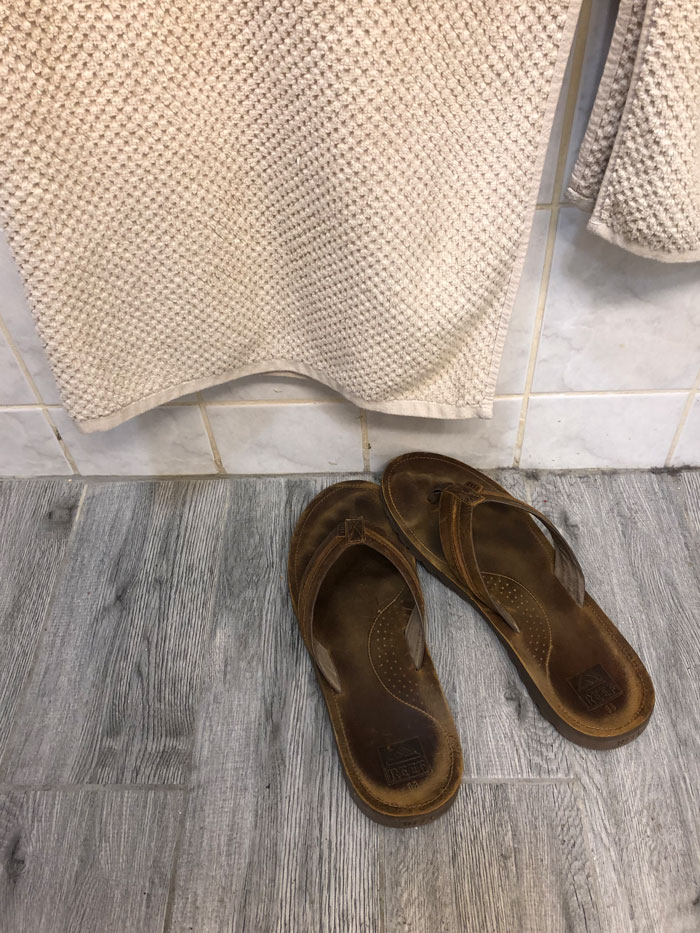
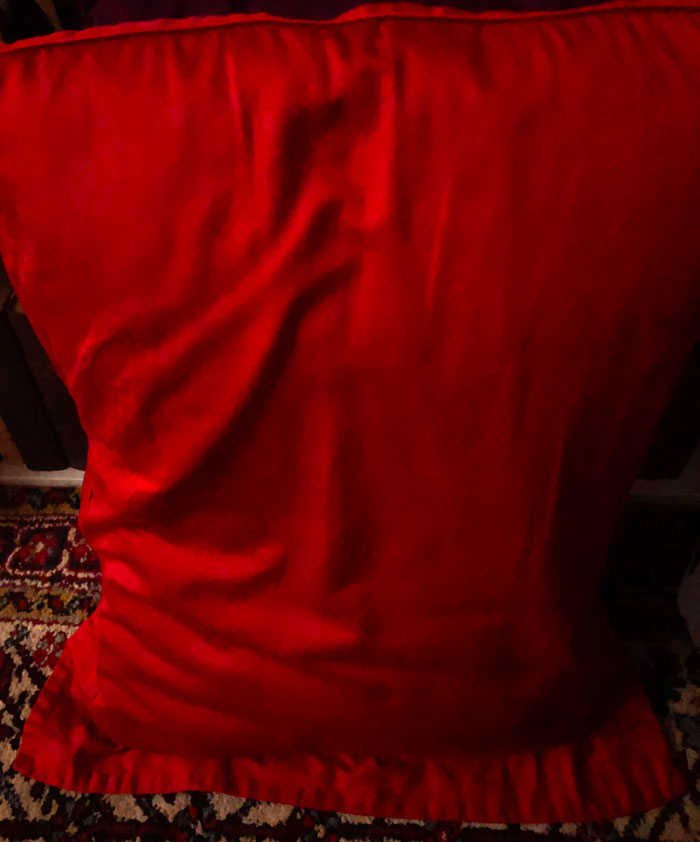
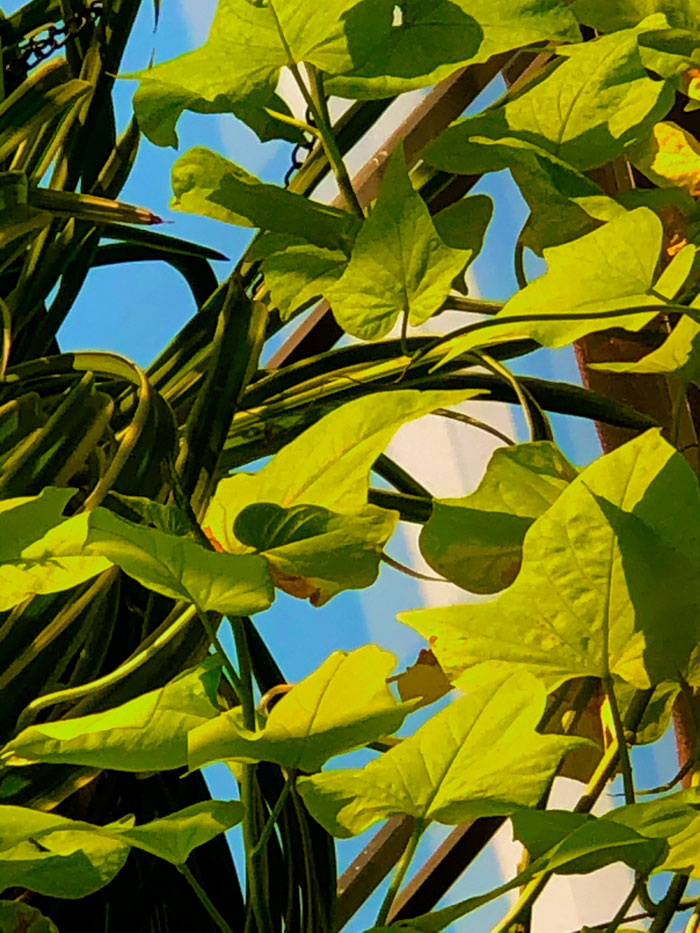


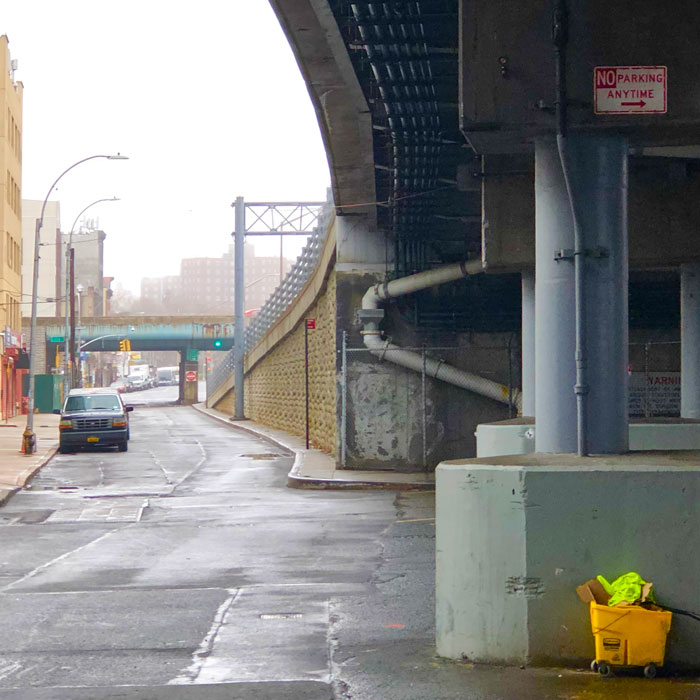

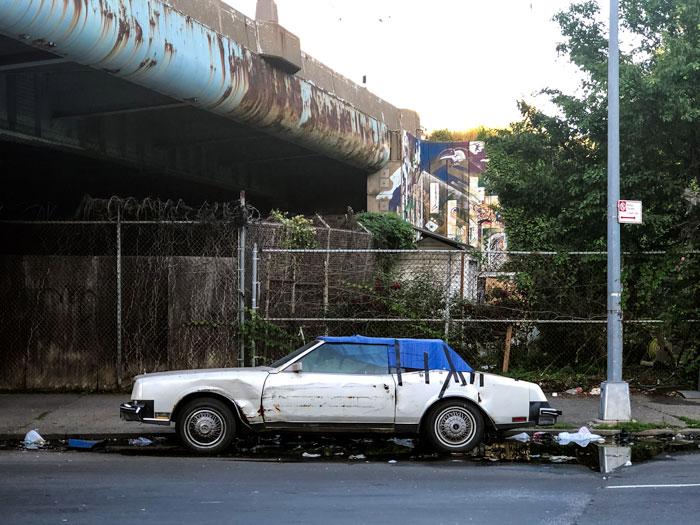
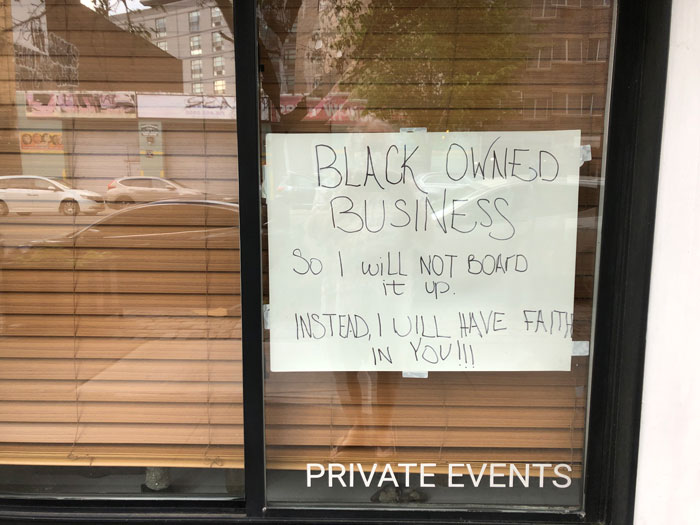
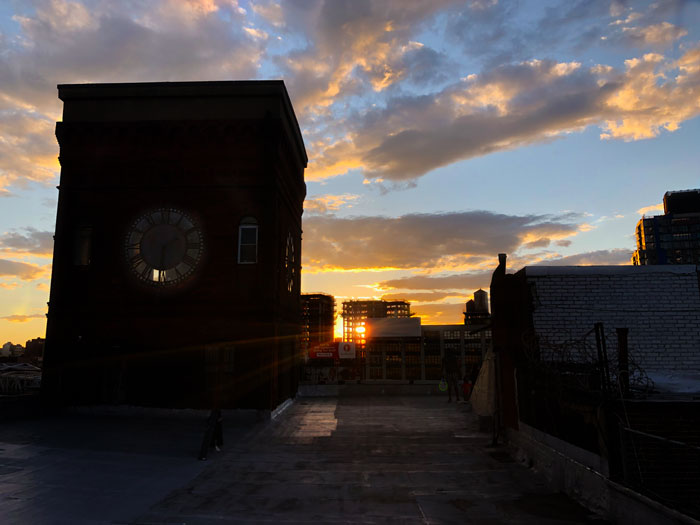
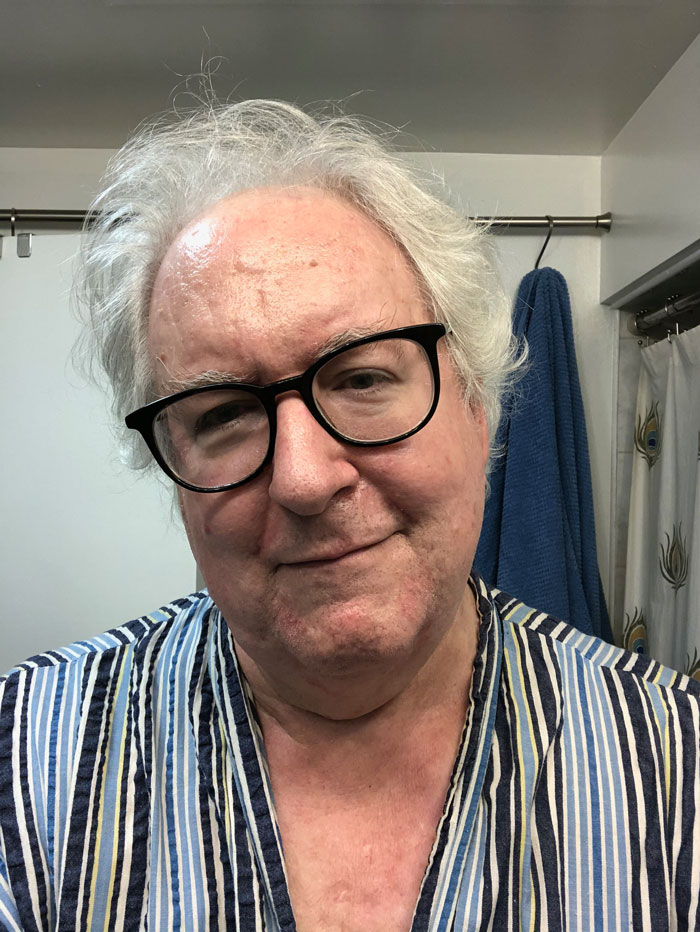
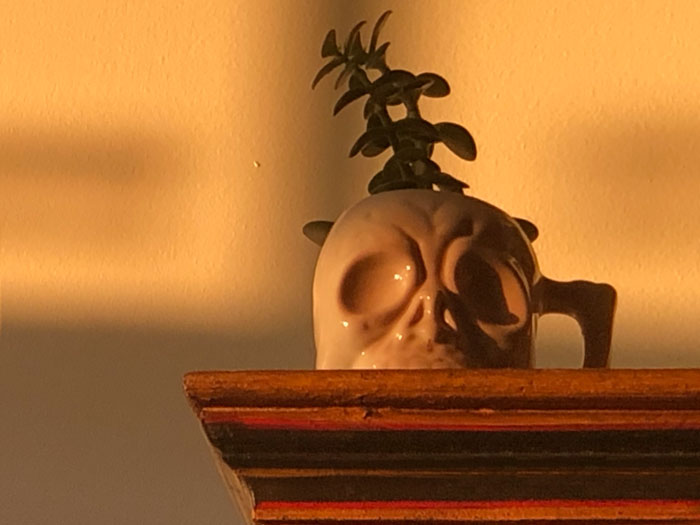
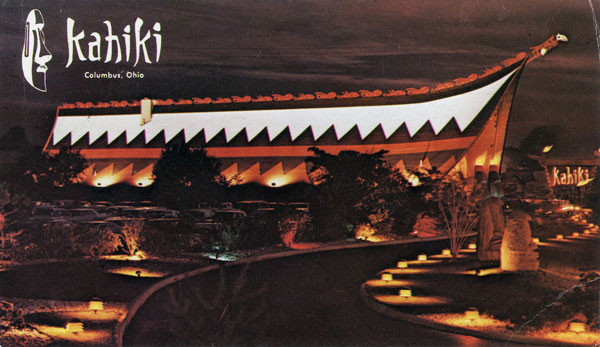

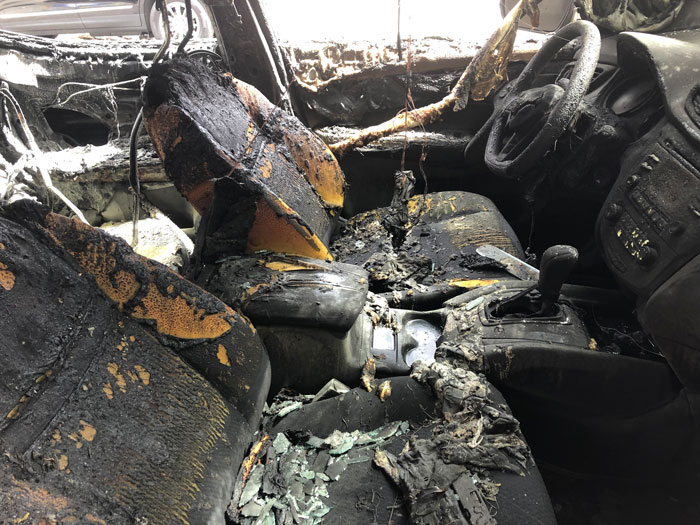
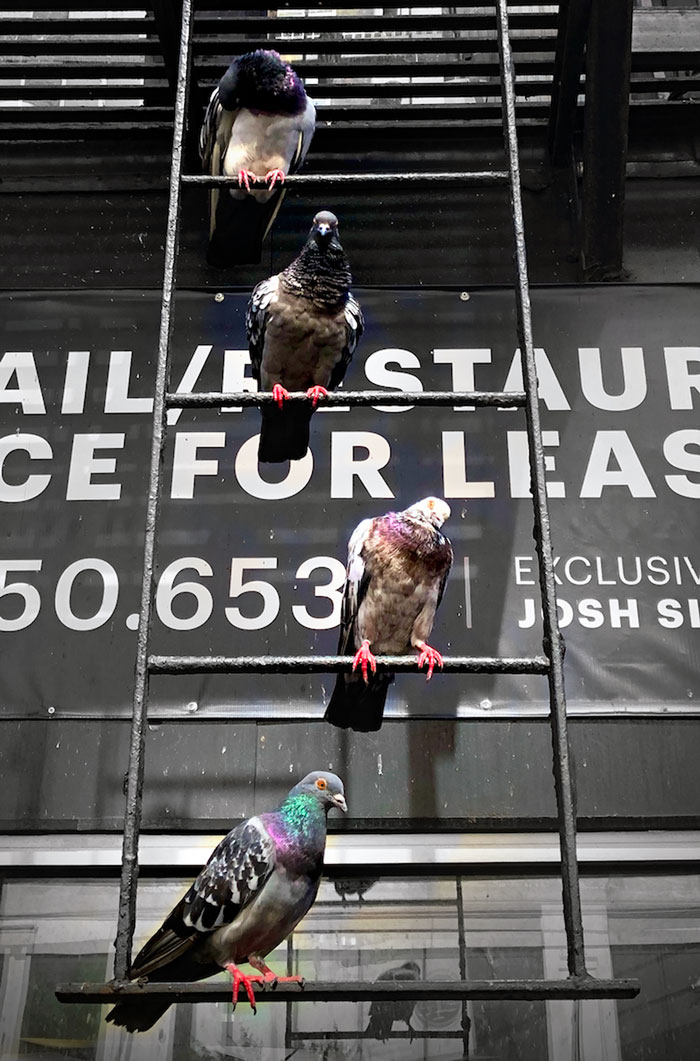
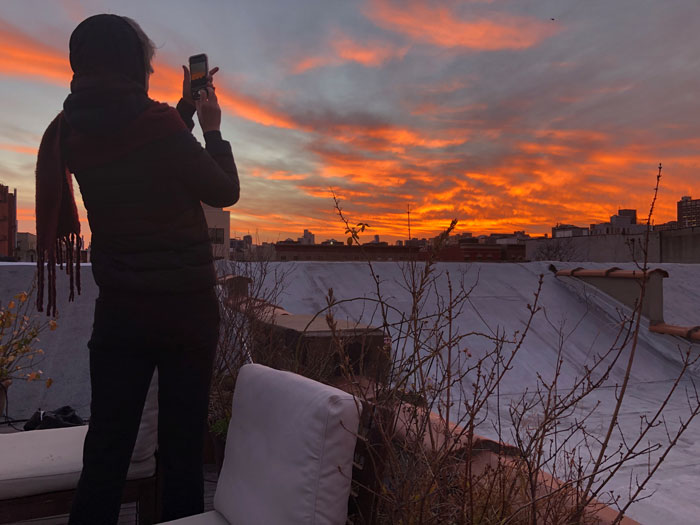
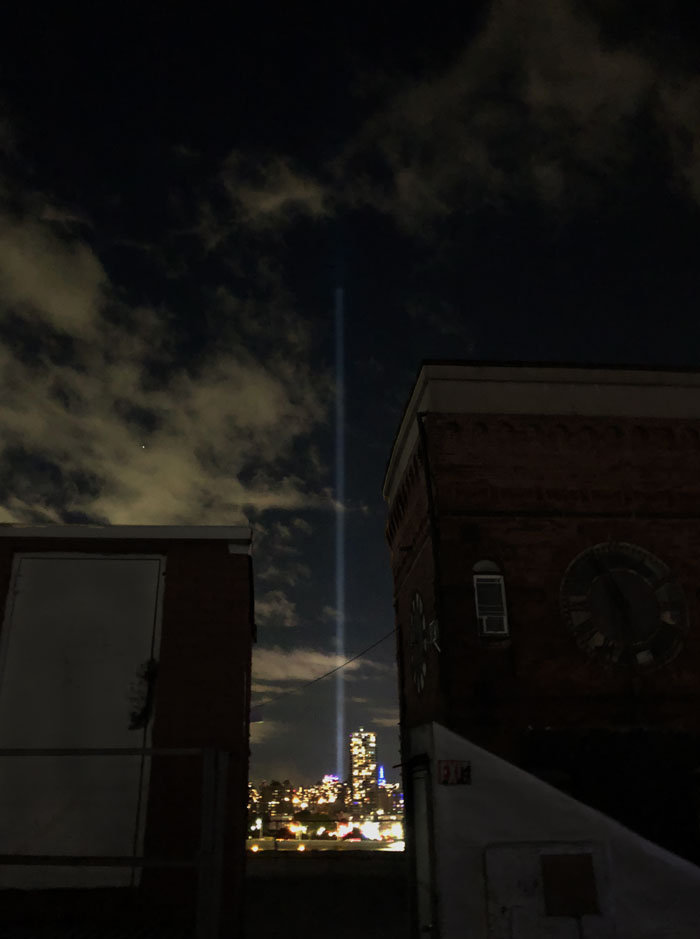
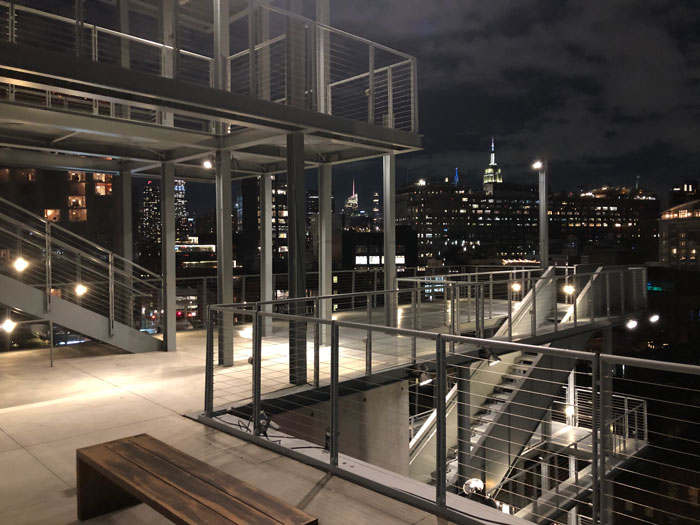
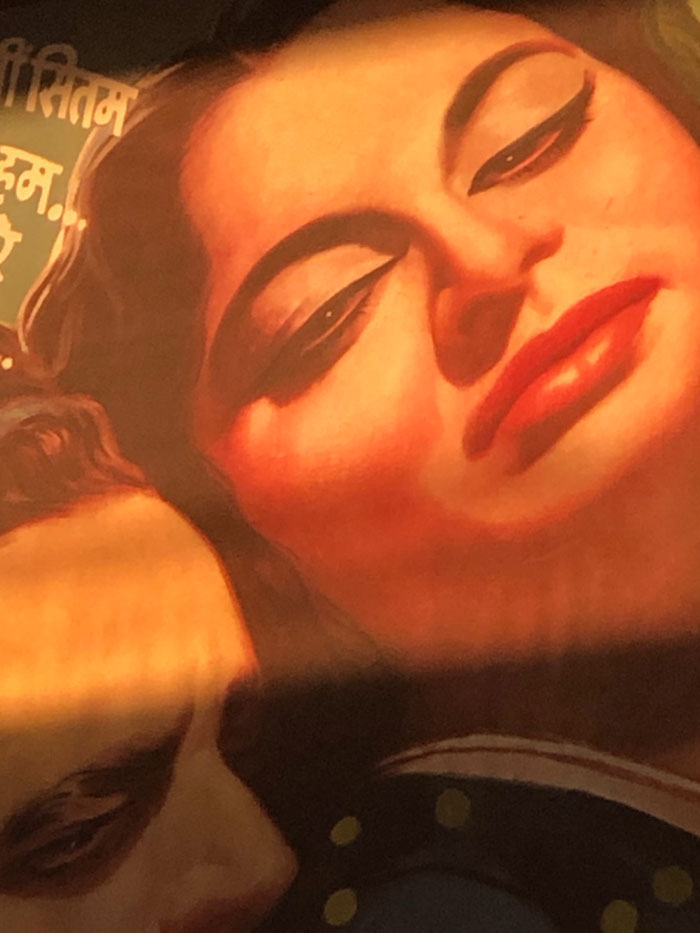
 Kaagaz Ke Phool was shot in both Cinemascope and Academy ratios by the brilliant, innovation-on-a-shoestring V. K. Murthy. It was India's first film in 'scope, and there was only one 'scope print. (That was the legend, at
least;
film obsessionists always “print the legend.”) It was enough to send us the 7,860 miles to Pune for an unsubbed private showing at the National Film Archive of India. At the end seven-year-old H was sobbing:
Kaagaz Ke Phool was shot in both Cinemascope and Academy ratios by the brilliant, innovation-on-a-shoestring V. K. Murthy. It was India's first film in 'scope, and there was only one 'scope print. (That was the legend, at
least;
film obsessionists always “print the legend.”) It was enough to send us the 7,860 miles to Pune for an unsubbed private showing at the National Film Archive of India. At the end seven-year-old H was sobbing: